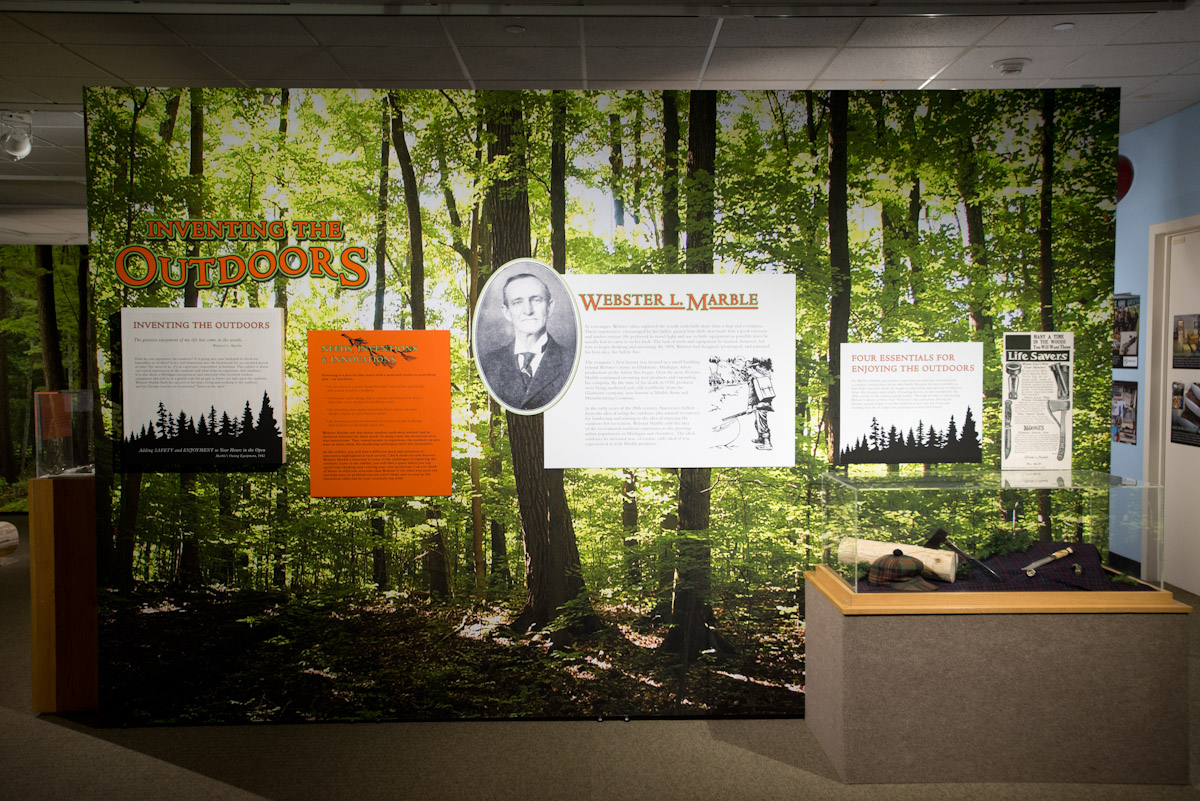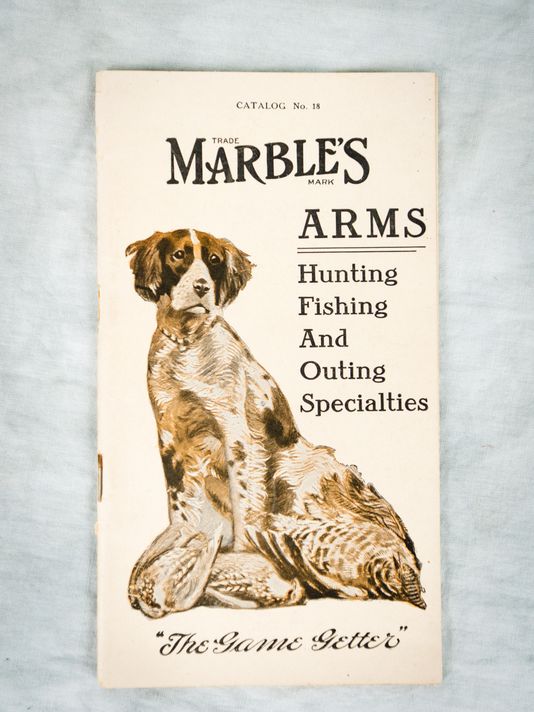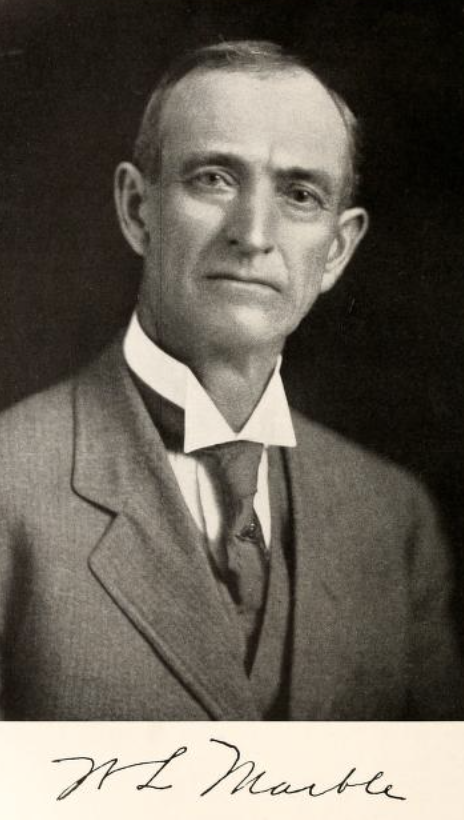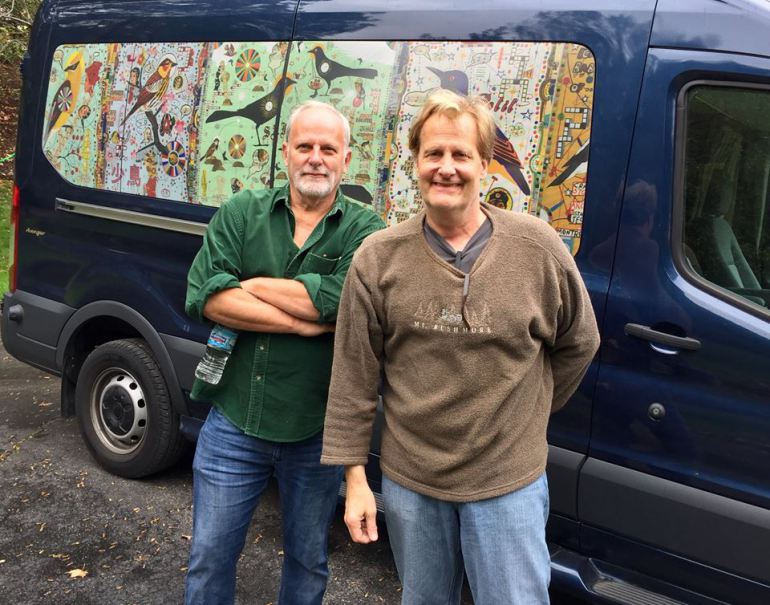
CHELSEA, MI.—-The liberation of the road presented a certain destiny for actor-songwriter Jeff Daniels. His professional life has been shaped by casting calls and curtains, but it is travel that has opened the most inspiring doors.
The Emmy-winning actor is most recently known for his work in HBO’s “The Newsroom” and has achieved a steady stream of acclaim in hit movies like “Terms of Endearment,” “Something Wild,” “The Purple Rose of Cairo” and the road movies “Dumb and Dumber,” “Dumb and Dumber To” and “RV.”
His musical career was born in the late 1970s. Daniels, 62, grew up in Chelsea, Mi., (pop. 4,950) where his father Robert Lee “Bob” Daniels was mayor. Daniels left Central Michigan University after his junior year to become an actor in New York. While hanging around the offices of the Circle Repertory Company, he met playwright Lanford Wilson (1937-2011) who won a Pulitzer Prize for “Talley’s Folly.”
“In 1978 I had my guitar and Lanford was listening,” Daniels recalled in a thoughtful late autumn conversation in his Chelsea recording studio. “I was writing songs, you’re 23 and 24 and there’s not a lot of depth. He goes, ‘Let me help you.’ And he gave me this poem ‘Road Signs.’ It was about a bus trip he took from (Springfield) Missouri where he lived as a young man to Chicago to work in an ad agency. After a year in Chicago, he went to New York to become a playwright.”
According to the fine new book “Lanford Wilson: Early Stories, Sketches and Poems” (Edited by David A. Crespy, University of Missouri Press) Wilson lived at 5316 N. Spaulding in Chicago from
1957 through 1962 before moving to 9 Walnut Road in west suburban Glen Ellyn, Ill.
“On that bus trip Lanford wrote ‘Road Signs’ which is about the people on that bus,” Daniels said. “It’s about America. It’s about diversity. Imagery. Only Lanford could write that that way. He handed it to me and said, ‘See if you can do something with this.’ They had a piano against a wall. All I’m good at is a minor, g and f. I put some chords to it. And the song has stayed with me..,” and his voice drifted away down autumn’s country road.

Daniels and cast mates John Hogan and Stephanie Gordon visited Wilson on his New Jersey death bed.
They played “Road Signs” as well as Steve Goodman’s “City of New Orleans,” another wonderful song
about travel that inspired Wilson’s “Hot L Baltimore.”
Wilson had tremendous empathy for his characters, often seen through the searching eyes of the retired bartender, the recruits from Fort Leonard Wood and the doo-wop girls on the Greyhound Bus ride out of Springfield, Mo. Wilson was always trying to examine the foundation that Daniels has been fortunate to maintain. In 2007 Daniels and Hogan recorded an evocative 8:30 version of “Road Signs” for their album “Together Again.”
The road has made Daniels appreciate his Michigan roots.
In 1986 he left New York to return to Chelsea to raise a family. During an October City Winery gig in Chicago Daniels announced he was going to be a grandfather for the first time. His son Ben plays in his band and his daughter-in-law Amanda sings in the band. “We’ve stayed close as a family on both sides,” he said in his studio. “That’s essential. I don’t regret the decision to not live in Hollywood or New York. Nothing against those people in the industry, but I need a break. There’s other things I want to do and other things I want to be other than an actor. There’s friends of mine who can drop the actor thing, too–but there’s many who can’t. I remember early on in New York being in rooms with actors and the joke was they can’t tell a story without standing up. I was always the Midwestern guy leaning in a corner thinking, ‘You told this ten minute story you could have told in two minutes and it really wasn’t that interesting.
“I’m in my fifth decade,” he continued as he counted them up with surprise. ‘With ‘Newsroom’ and post-’Newsroom’ I’m busier in this decade than any decade of my career. I’m being challenged more as an actor. I didn’t see that. When you move to the Midwest at 30, 31, you have six movies and you tell your agents, ‘Don’t worry, I’ll keep the movie career going,’ they wonder. I defied the odds. You drop back and be a supporting actor. You are no longer trying to be the biggest star in the history of stars. Because if you are, you can’t live in Michigan. I knew I was giving that up, which was okay. When you do ‘Dumb and Dumber’ that’s a career choice. And that opens up roles from ‘Gettysburg’ to ‘Dumb and Dumber.’ There’s a lot of jobs in between those two things.”
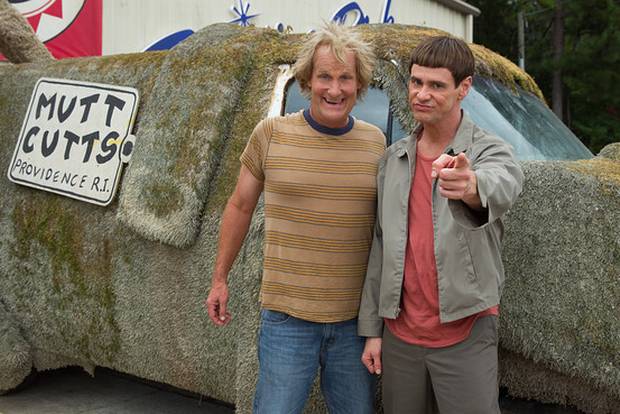
Chelsea is about an hour west of Detroit. The rural area also birthed Daniels’ keen interest in RVing.
In the late 1980s Daniels was part of a group of a dozen guys who wanted to travel to a weekend golf tournament.
“It was how much does it cost to rent one of these things, instead of driving up in five cars?,” he asked. “And how do you drive it? I had a ball. It was like a party bus with one guy staying straight and driving. Later it was a great way to transport the kids. The bathroom is right there and that was huge. Then we discovered RV parks, you get the right ones with the swimming pool and it becomes about the journey.
Daniels wrote a song “Recreational Vehicle,” based on a true story from the early 1990s when he rented a 28-foot Jayco with his young family. Daniels is a huge baseball fan and a long time Detroit Tigers season ticket holder. He embarked on a pilgrimage from Michigan to Cooperstown, N.Y., the birthplace of the game.
“We got to Erie, Pennsylvania to gas up,” he said. “I’m driving. They do not teach you how to drive it. They hand you the keys. There’s no training course. I’m figuring out how to flush the toilet. Why am I drinking water that tasted like urine, because I’ve got the wrong thing hooked up. Then you get into a truck stop in Erie, Pennsylvania and you’re stressed out because it is not easy to drive this thing. A trucker behind you goes, ‘Excuse me, are you Jeff Bridges? Can I have your autograph?’ Sure, ‘Best wishes, Jeff Bridges.’ Get me out of here. I get into the 28 foot Jayco, pull out merge on the highway and my son says, ‘Dad, where’s Mom?’. I left her at the truck stop. The song ‘Recreational Vehicle’ is a direct homage to Arlo Guthrie’s “Alice’s Restaurant.”
Daniels has downsized to a jet black 22-foot Airstream sprinter van.
It sleeps two and there’s ample room for the family dog. “That’s all I need,” he said. “I went through about three or four (RVs). In the early 1990s I had a Dolphin (RV). The box RVs. I bought a used Gulf Stream, 42 foot diesel pusher. Gets seven miles to the gallon. It’s just huge.
“I don’t mind sleeping in truck stops or the corner of Wal-Mart. That whole world of RV parks. ‘Oh, it’s got a laundry-mat too! Oh, we’re going to that one.’ It becomes, ‘This is great! Laundry AND showers!’ Friends say, ‘You’ve got an RV?’ and I say, ‘Yeah.’ They say, ‘What’s George Clooney got?’ I say, ‘Well, Clooney’s got a private jet, but I got an RV. And I know how to drive an RV. I don’t want to learn how to fly a plane. I don’t want to be Tom Cruise. John Travolta is in the sky behind the steering wheel of a 747. Get me down on the ground. He’s an actor flying a plane.
“The Airstream we like, my wife can drive it. It’s souped up inside. Instead of going from the suite at the Ritz-Carlton, which the 42-footer was, you’re now in a very comfortable version of the space shuttle. We have Sirius XM Radio. When its 20 degrees out, you’re warm. With ‘Newsroom’ for three years we would load up the 42-footer on January 1, take four or five days and drive out to California. We’d park right next to Soundstage Seven on the Sunset Gower lot (Studios, circa 1934, former home of Columbia Studios) Pictures and it sat there for six months. That was my dressing room. They just did a movie in Vancouver and Matthew (McConaughey) stayed at an RV park
in his RV. I completely get that.”
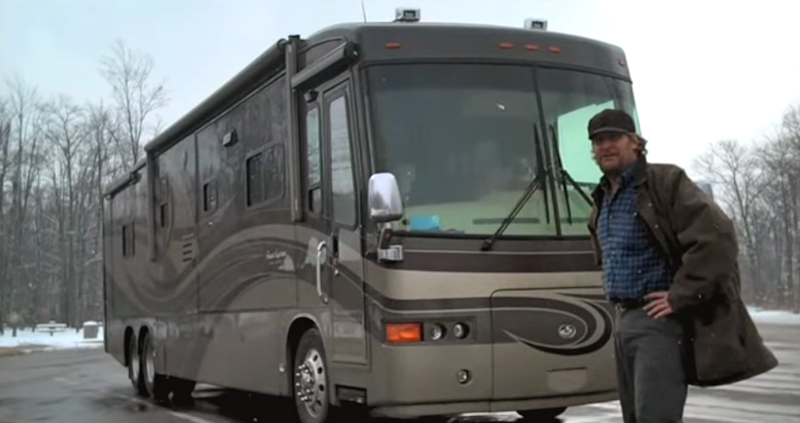
Daniels is gifted with everyman Midwestern characteristics. He looks like a buyer at Meijer.
Daniels “sometimes” gets recognized at an RV
park.
“Kathleen (his wife) will go in and register,” he said.
“They might see me walking around overnight and the next day we’re gone. We don’t stay somewhere for a month and put up a little porch. It doesn’t make sense the actor they saw in ‘Newsroom’ would be in slot number 38. And then I get, ‘You know who you look like? The guy from ‘Newsroom.’ I get that all the time.”
No American actor has the string of wacky hit RV films like Daniels: “Dumb and Dumber” (1994) with Jim Carrey, “RV” (2006) with Robin Williams, “Dumb and Dumber To” (2014) back with Carrey. In its first weekend outside of America, “Dumb and Dumber To” made $13 million. It opened number one in Brazil!
“I did RV with Robin because I had an RV,” he admitted. “I would have paid them to do the movie. I felt I needed to be in that movie because of my 15 years of having an RV. Movies are all about caution. It was, ‘We need you to get to Vancouver, we got a week of driving where we train you.’ I have a 42-foot Gulf Stream, okay. So, ‘When is that?” They say, ‘May 15, we’re going to fly you and your wife out first class. Stay at the hotel and we’ll go into training for a week and start shooting in June.’ I remember sitting at a baseball game here in Michigan with my wife and saying, ‘Let’s just drive it and not even tell them.’ So we got in the Gulf Stream and started driving
from Michigan to Vancouver.
“Went to Mount Rushmore, it was an RV trip. They were calling us in Montana, ‘Where are you? We need a driver to pick you up at the airport.’ I said, ‘We’re in Montana.’ They go, ‘What???’ I say, ‘I’m going to Seattle, take a right and you better have somebody meet us there. So we got caravanned in. When they saw the building I was driving–I remember pulling into the studio lot in Vancouver and I hit the air breaks–phsssssssss–I opened the door. The first AD who was in charge of training me looked at me and said, ‘Cancel his training!’
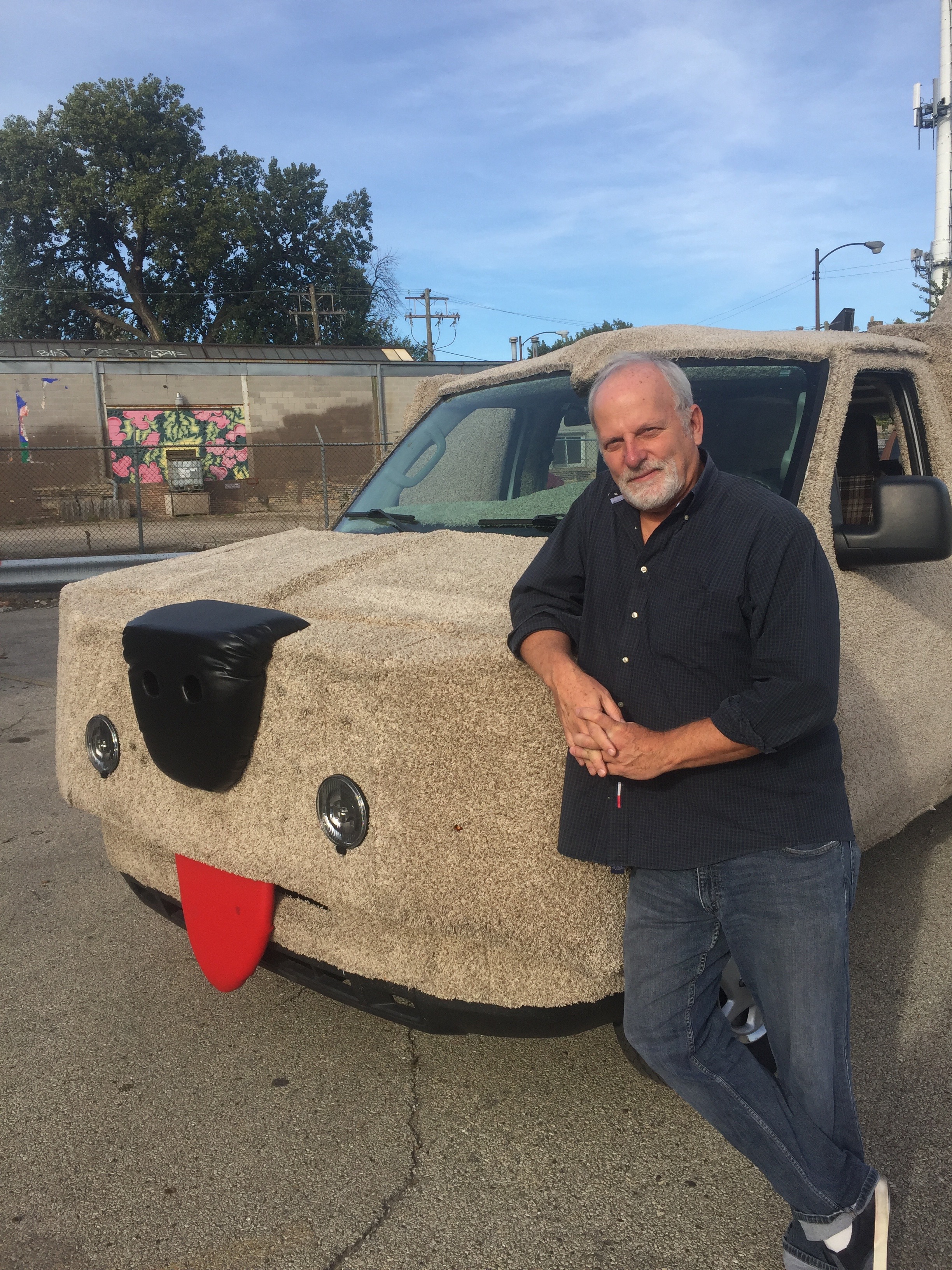
Daniels also drove the Ford conversion van (a.k.a. “The Shaggin’ Wagon”) that looked like a thirsty dog in the first “Dumb and Dumber.” Daniels’ character drove the motorized mutt for his dead end dog grooming job.
“When we did the sequel, it didn’t work,” he said. “The Farrelly brothers kept the first one and put it in an outdoor storage unit in Rhode Island–uncovered. It hadn’t moved for 20 years. They loaded it up on a flat bed and dragged it down to Georgia where we were shooting. You got into that thing, it was a like crawling into a coffin. It was ‘used’.
Daniels recalled getting the RV bug as early as 1988 when actor Don Johnson pulled into the Vermont movie set of “Sweetheart’s Dance” in a huge tricked out Prevost. “He had a driver,” Daniels said with a smile. “And a chef. I was looking at that going, ‘I can go to Lloyd Bridges Traveland (in Chelsea) and get a poor man’s version of that.’ So I got the 28 foot Jayco–not quite the same, but great fun. The independence, the anonymity. You’re not at the mercy of the airlines–especially now. There’s also the pioneer spirit of the RV’er. You get to pretend you’re like Lewis and Clark with a microwave and television. I love that I still have one.”
